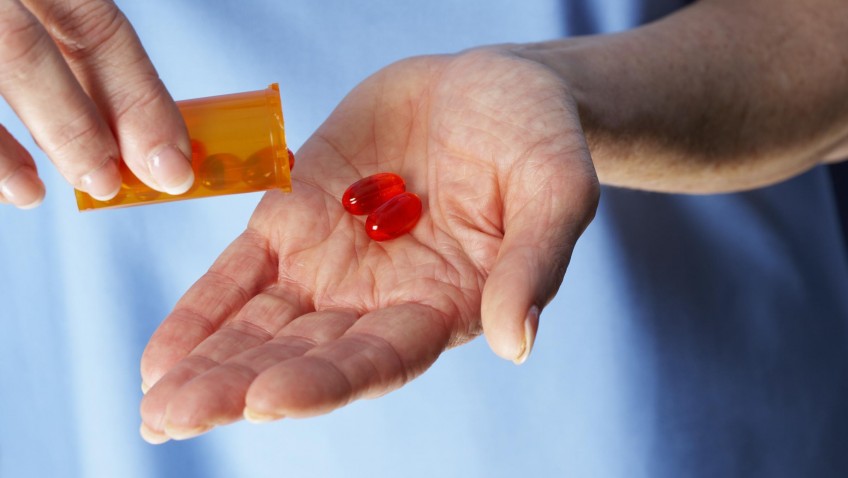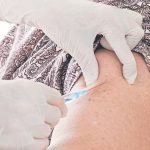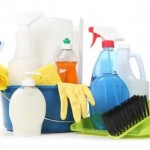Something so basic but we must get it right. Washing your hands frequently in cold and flu season can reduce the risk of illness by as much as 50%.
With so many germs and viruses around at this time of year it is vitally important that we wash our hands properly, but all too often we have a quick swish under water and think the job is done.
No other part of the body is as exposed to germs as our hands. If we go on to touch noses, mouths, or food with unwashed hands, these germs will be transferred into the body.
For this reason, hand washing as one of the easiest yet most effective methods “to prevent the spread of many types of infection and illness in all settings” and potentially save lives. Not just for hospitals or doctors’ offices, hand washing is equally important at home, work, or school.
Always Wash Your Hands
- Before, during, and after preparing food
- Before eating food
- Before and after caring for someone who is sick
- Before and after treating a cut or wound
- After using the toilet
- After changing nappies or cleaning up a child who has used the toilet
- After blowing your nose, coughing, or sneezing
- After touching an animal, animal feed, or animal waste
- After touching rubbish
Washing with soap and water
- Wet hands with clean running water
- Apply enough soap and to cover all hand surfaces
- Rub hands palm to palm
- Right palm over the other hand with interlaced fingers and vice versa
- Palm to palm with fingers interlaced
- Backs of fingers to opposing palms with fingers interlocked
- Rotational rubbing of left thumb clasped in right palm and vice versa
- Rotational rubbing, backwards and forwards with clasped fingers of right hand in left palm and vice versa. This should be done for at least 15 seconds. You can time yourself by singing two choruses of “Happy Birthday to You.”
- Rinse hands with clean water
- Dry thoroughly with towel.
- For optimal hygiene, the entire procedure should take at least a full minute.
Ordinary or liquid soap is effective at getting rid of germs and is recommended for everyday hand washing in a non-healthcare setting. Antibacterial soap, which must be left on your hands for at least two minutes before it begins to kill bacteria on the skin, should be used only when specified by your medical expert as it is suspected of promoting antibiotic resistance.
Cleaning with Disinfectant
Washing with soap and running water is the best method especially if you need to remove visible dirt, grease, or protein-based material such as blood. However, you may not always have access to these, for instance when out and about. . In such circumstances, you may substitute an alcohol-based disinfectant
An advantage of disinfectants are that they are faster to use, taking about one quarter of the time required for meticulous soap-and-water washing — this makes them more convenient for medical professionals such as dentists. They are also less irritating and drying because they don’t remove the skin’s natural oils; therefore, they’re less likely to cause dermatitis.
Disinfectants come in the form of liquid, gel, foam, or wipes. For effective cleansing, they should contain 60-95 percent alcohol. To use, apply the amount of disinfectant specified on the packaging and rub it thoroughly over both hands, continuing the rubbing action until hands are dry.
Following these simple rules is the best way to avoid infection and spreading of germs.





